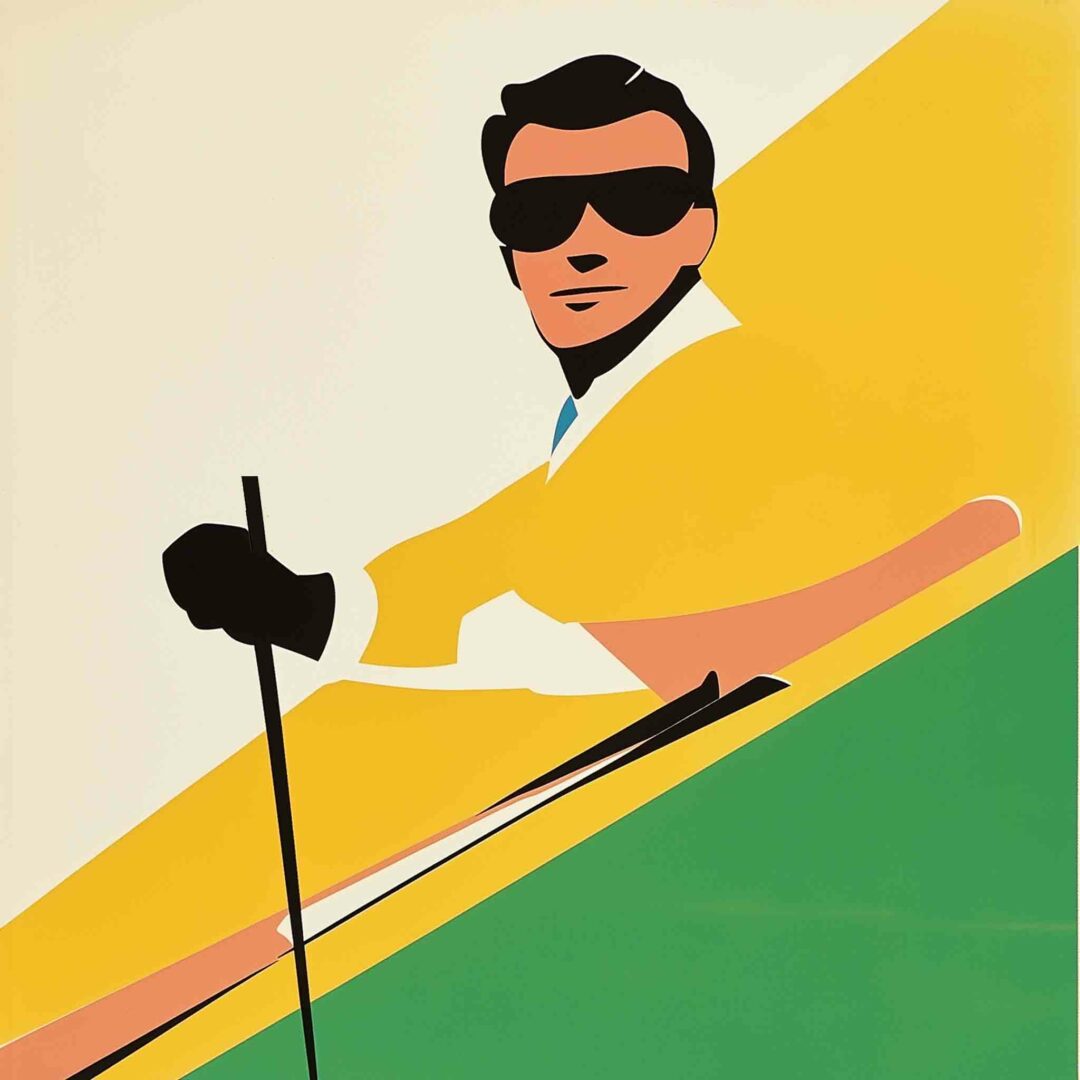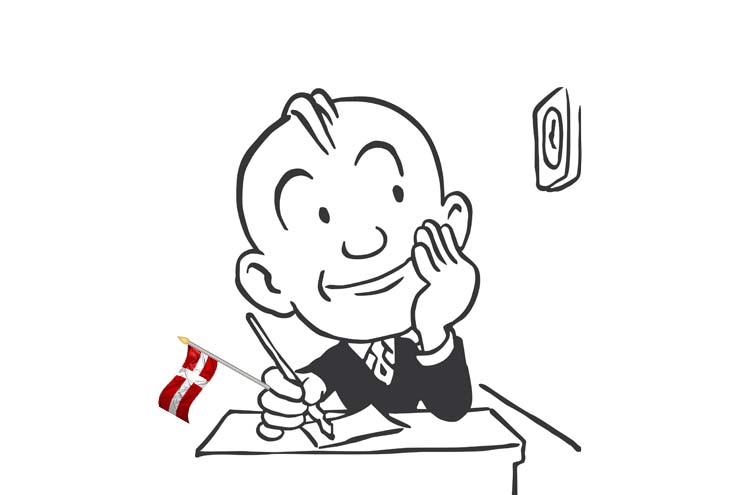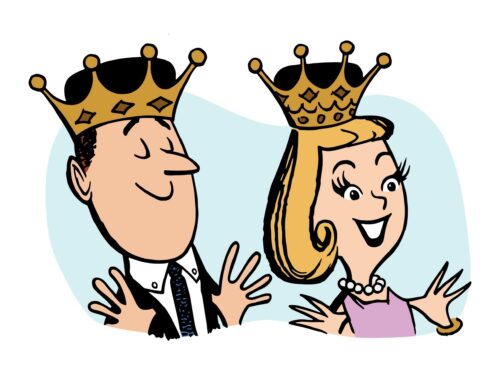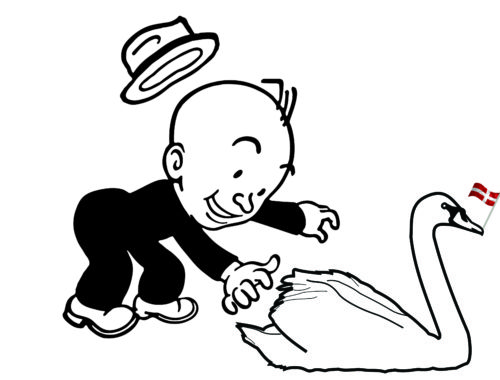I’ve referred to “The Danish Year” before on How to Live in Denmark. It’s a series of events that are simply expected to happen every year in Denmark, even if they aren’t formal holidays. In 2025 I’m going to try to do a podcast every month about aspects of the Danish year, and how they fit into the overall context of where Denmark is coming from, and where it’s going.
January is part of the dark times in Denmark. Usually the sun comes up around 830 and is gone by 430.
If you work in an office all day, you might not see it at all.
And if you’re part of the bottom 80% of Danish earners, you’ll probably spend most of your dark January evenings and weekends at home, hoping your bank account can recover from the Christmas excesses.
Restaurants have a lot of empty tables this time of year. Shops mostly process the return of unwanted Christmas presents.
Now, this can and often is packaged as hygge. Candles, TV, sweaters, warm slippers, hot tea. But it’s often just being broke and not being able to go anywhere.
The rich go skiing
Yet if you’re part of the top 20% of earners in Denmark, maybe even the top 10%, January is the time to go skiing.
Not in Denmark, which doesn’t have any mountains for downhill skiing, or enough snow for cross-country skiing. You go to Sweden for cheap skiing, Norway for slightly more expensive skiing, or to France or Switzerland for luxury skiing where you can show off your Rolex Explorer wristwatch on the slopes.
Val d’Isère in France, which caters to families, is especially popular. The nickname, for those in the know is “Val-D”.
Those of us not in the know heard a lot about Val d’Isère in 2020, along with the Austrian resort Ischgl, known for its wild after-ski parties.
We heard about them because wealthy Danes skiing down those slopes brought the very first cases of COVID back to Denmark.
Two types of Januaries
Anyway, the two different types of Januaries illustrate how the gap between the rich and poor in Denmark has widened in recent decades.
Denmark is still, culturally, an egalitarian society, and it’s still considered bad taste to show off your Rolex watch here in Denmark, but there’s no debating that as the country has become prosperous over the past 30 years, the gap between the rich in Denmark and everyone else has widened.
Sharing salary information
It’s evident on Reddit, where Danes share their salary slips so you can see what other people are making in a forum called DK Lønseddel. You can see the difference between a medical engineer bringing home 80 thousand kroner a month, and a healthcare worker bringing home 20 thousand kroner a month.
It’s evidence in the popularity of private services that compete with the public services that everyone pays for with taxes. More and more Danish parents skip the tax-funded folkeskole and send their children to private schools. About one out of 5 of children nationally and one out of four in Copenhagen go to private schools.
Private health care
Private medical insurance, which pays for private doctors and private clinics, is increasingly popular. It offers quicker access to treatment than the public sector, in particular for non-emergency health needs like a sports injury or cateracts.
It also pays for counselling, addiction treatment, and other types of psychotherapy that can require a wait, sometimes a long wait, from the public health service.
Denmark’s rising GINI coefficent
Economists have documented rising income inequality in Denmark. The GINI coefficient measures economic inequality in a country. One hundred is maximum inequality, and zero is perfect equality.
In the late 1980s, the GINI in Denmark was 22. Now it is 30.6, according to Denmark’s official statistics agency. That compares to 32 for the UK, 41 in the USA, 52 for Brazil.
So, Denmark is more equal than those places…but less equal than it used to be.
Home prices are a factor
Part of the reason is soaring real estate prices. A house near Copenhagen that might have been 7 thousand kroner a square meter in 1995 is now 57 thousand kroner a square meter, according to the Association of Danish Mortgage Banks.
That’s a lot of wealth you’ve acquired if you bought at the right time.
Denmark’s Social Democrat government has also been loosening the topskat – or top tax. These are extra taxes paid by people who make over 600,000 kroner a year, roughly 80,000 US dollars per year.
Topskat and Frostklar
Some of the people who pay topskat are the precisely ones who are currently just back from their ski trip, or on their way to a ski trip, in Switzerland or Austria or Val-D, where the attraction is not just ski snow and parties, but sun.
Ski areas are often what the Danes call frostklar or “frost clear” – golden sun sparkling on a cold winter’s day. It’s funny to think of going skiing just to get some sun, but that’s often what happens.
For the bottom 80% of earners in Denmark, solariums – little corner shops where you can put your debit card in a machine and get a tiny taste of sun – are very popular this time of year.




